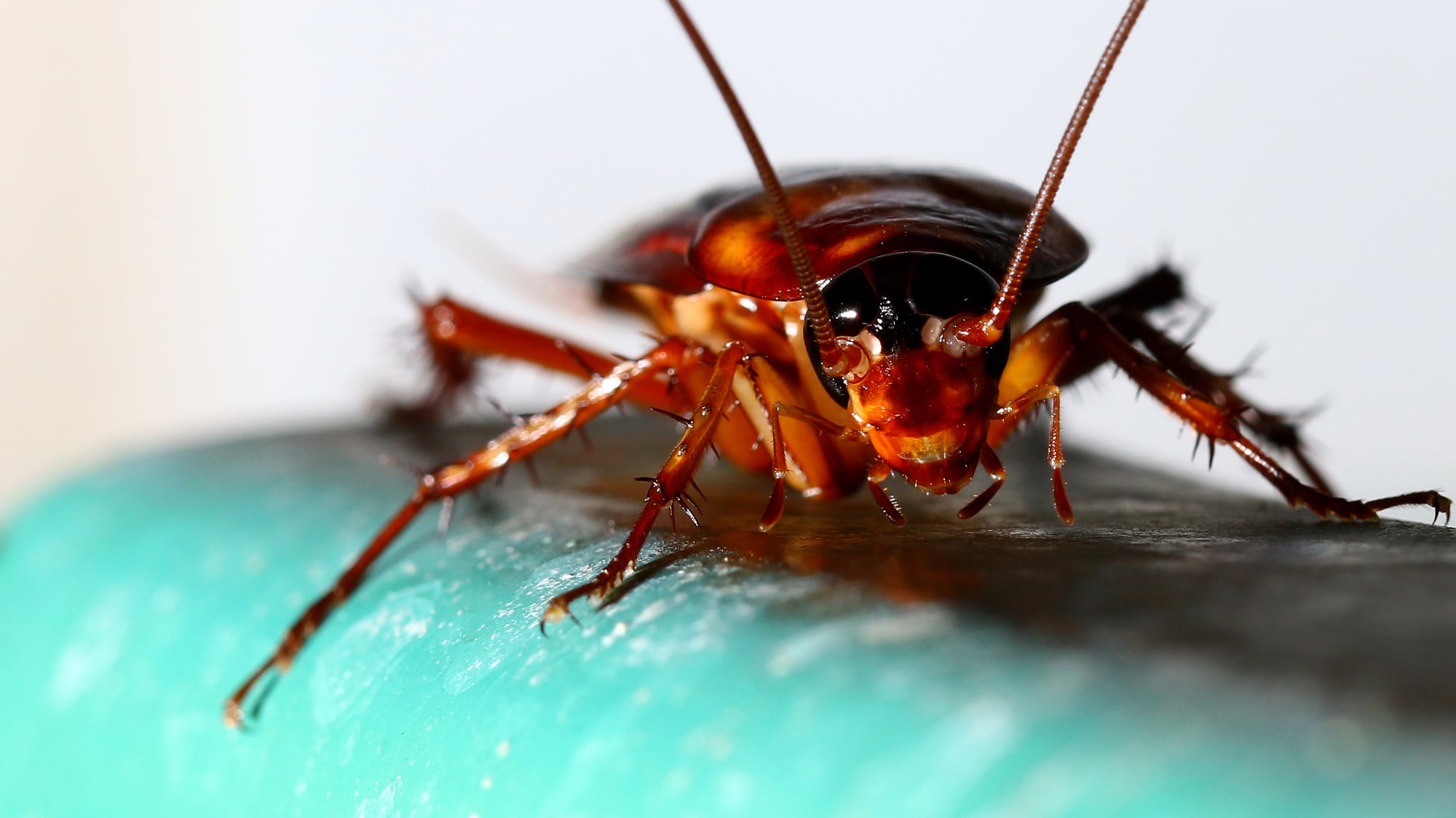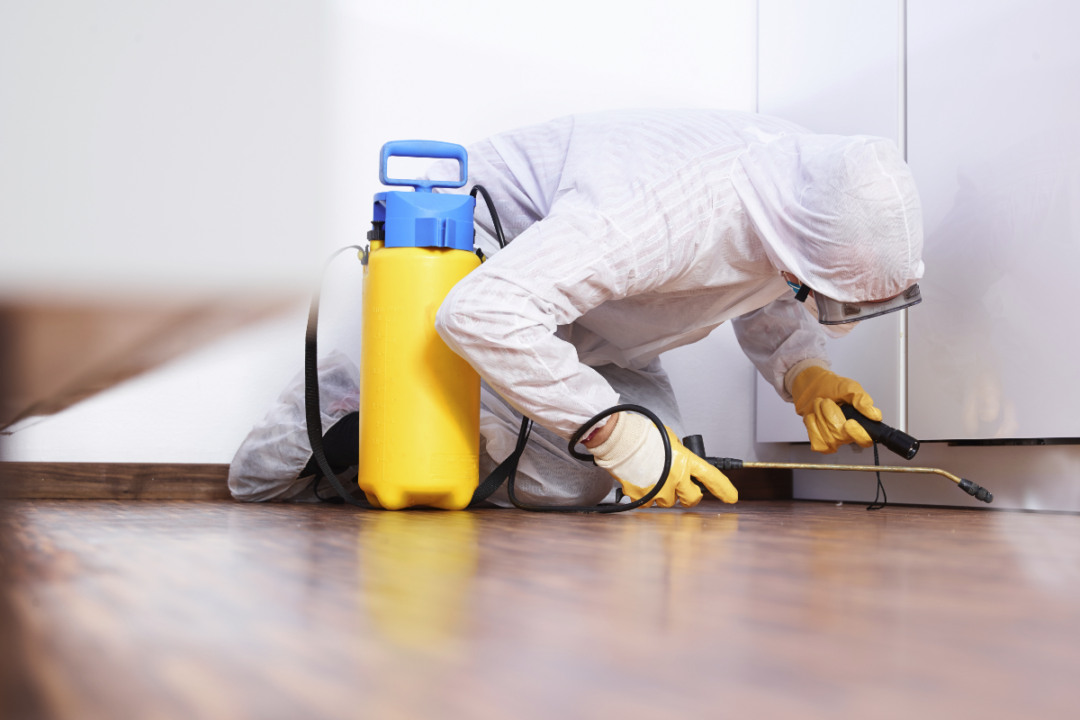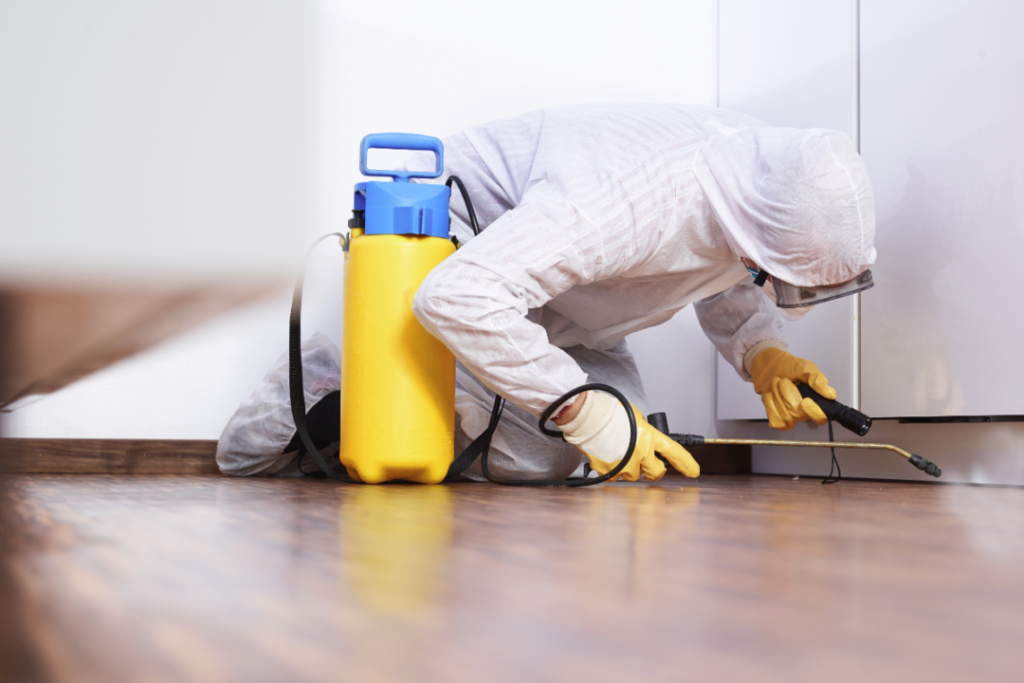Pest infestation is a common problem in any facility because of the food and shelter they can find. As such, it is important to know how to prevent them from entering your facility so that you can avoid this problem.
There are many ways to prevent pest infestations in your facility, but one of the best ways is by using pest prevention products. These products are designed to keep pests away from your property. They can be used in many areas, including homes, schools, and offices.

Some common ways to prevent pest infestations:
One way to prevent pest infestations is by taking care of the facility and making sure it is clean and safe. It includes keeping the building’s walls, windows, and other surfaces free of cracks or holes where pests can enter. The facility should also be kept clean inside and out, regularly removing all food waste from the premises.
Another way to prevent pest infestations is using approved pesticides in food production facilities. These pesticides are often less harmful than those used in residential settings. However, it would be best to handle them with care still to avoid contaminating any food products or surfaces in the facility.
You can also prevent pest infestations by using pest control measures.
Before diving into the various pest control measures, we must first understand what pest control is?
Pest control eliminates pests such as rodents, insects, and weeds from a residential or commercial property. The term pest means any animal or plant that causes harm to humans or their property. Some common pests are rats, mice, ants, cockroaches, termites, bed bugs, and mosquitoes.
Some of the most common pest control measures include:
- Keeping food in sealed containers
- Keeping garbage in closed bins
- Avoiding storing food in the basement or other damp areas
- Using traps
- Maintaining a clean environment
You can also perform pest control by using the following measures:
- Insecticides:These chemicals kill insects by disrupting their nervous system.
- Fumigants:These chemicals kill insects by reacting with their respiratory system.
- Rodenticides:These chemicals kill rodents by disrupting their nervous system.
- Mothballs:These are chemicals that inhibit larvae development in clothes.
Different types of pests and the destruction they cause:
Pests are a major problem for homeowners and can cause a lot of damage to homes and property. In addition, they are a nuisance to the environment and humans. Pests destroy crops, spread diseases, and can be hazardous to your health.
They can be classified into three different types:
- Parasites that live on the host and feed off it
- Predators which kill their prey
- Pathogens that spread diseases
Parasites that live on the host and feed off it:
- Fungi like Candida albicans can cause thrush in humans.
- Parasitic worms like roundworms can cause infections in humans.
- Protozoa like Toxoplasma gondii can cause toxoplasmosis in humans.

Predators which kill their prey:
- Spiders use venom to paralyze the prey, and then they inject digestive enzymes to liquefy the prey’s insides.
- Ticks inject a numbing agent into the skin and feed on your blood. The numbing agent also prevents you from feeling it when they insert their mouthparts into your skin.
- Scorpions use their claws to paralyze their prey before injecting them with poison.
Pathogens that spread diseases:
- Zika virus (which is carried by mosquitoes)
- Ebola virus (which is transmitted by contact with infected blood or body fluids)
- H7N9 virus (which is transmitted by contact with infected poultry).
Summary
This article deals with answering some of the commonly asked questions about pests. After reading this article, you will have an introductory knowledge about pest control, pest control measures, types of pests, and how to get rid of pest infestations.

